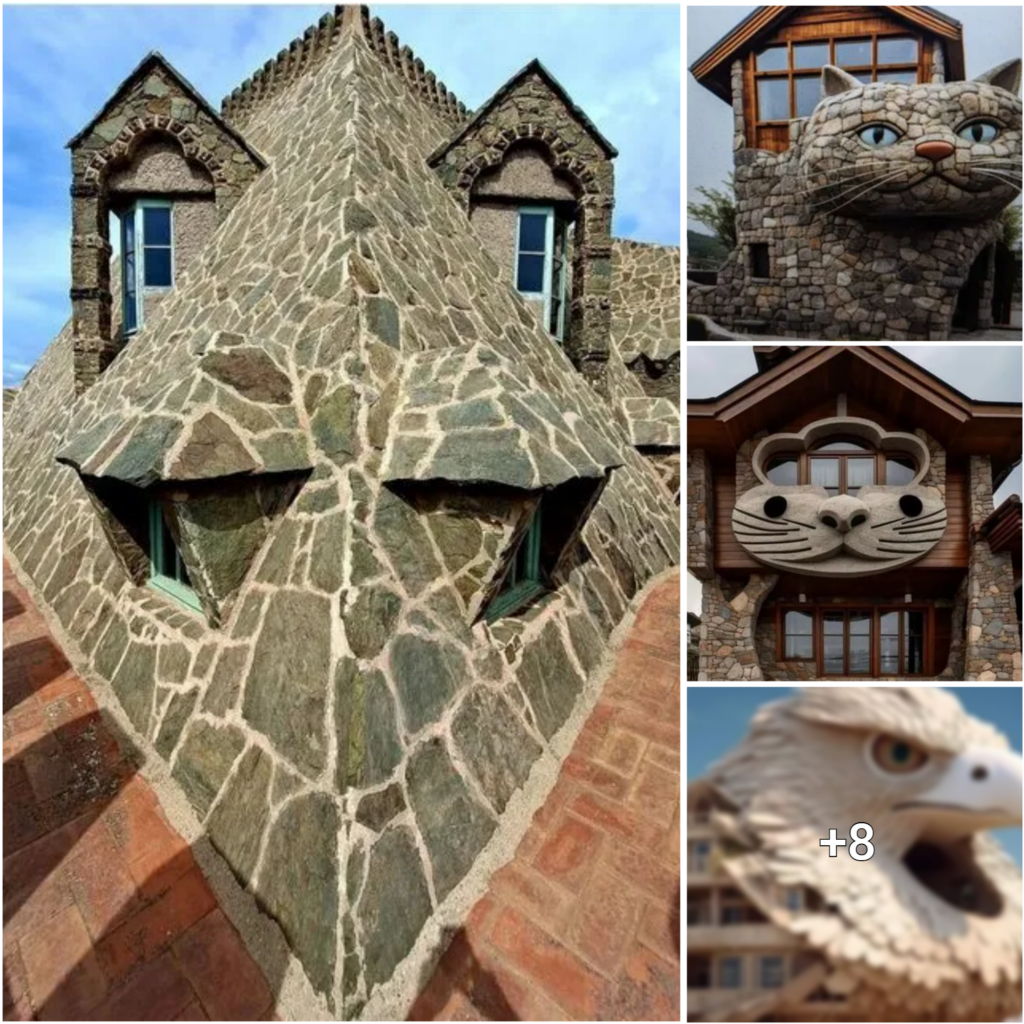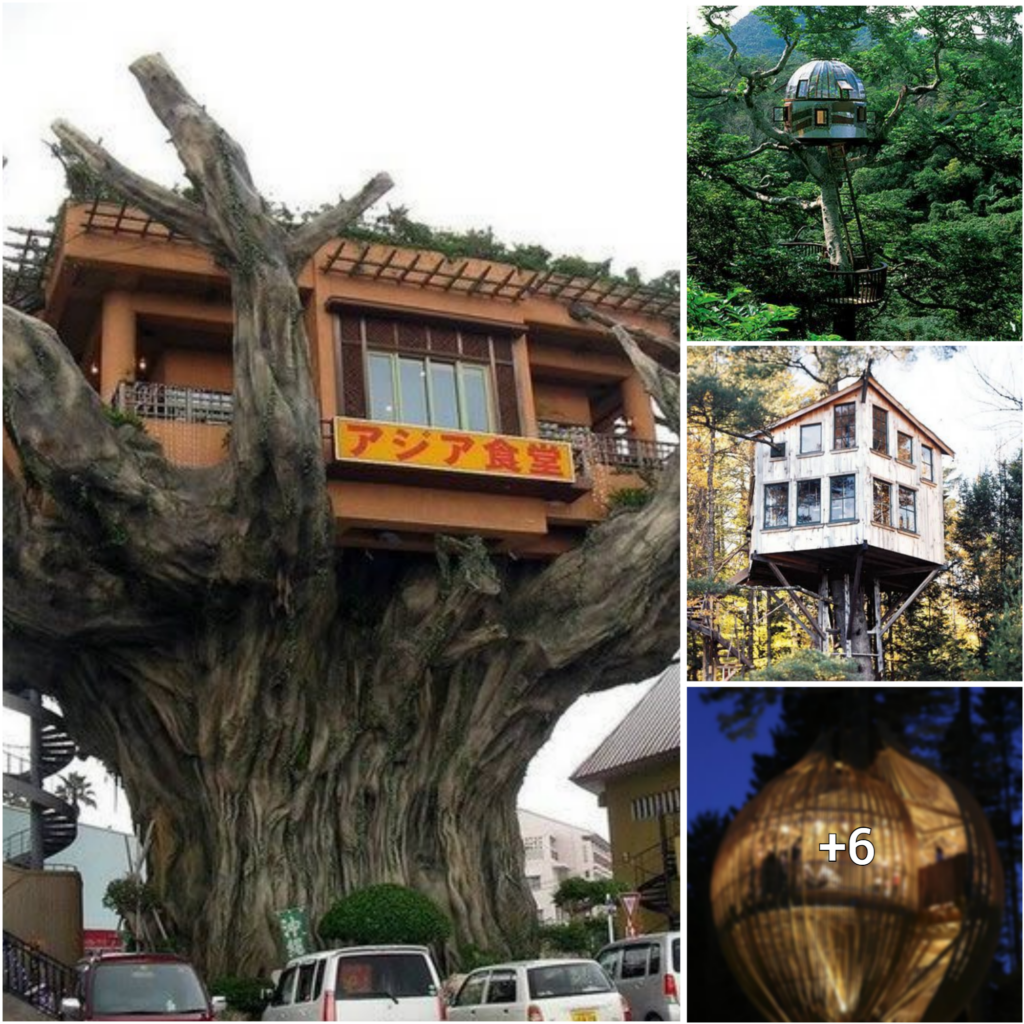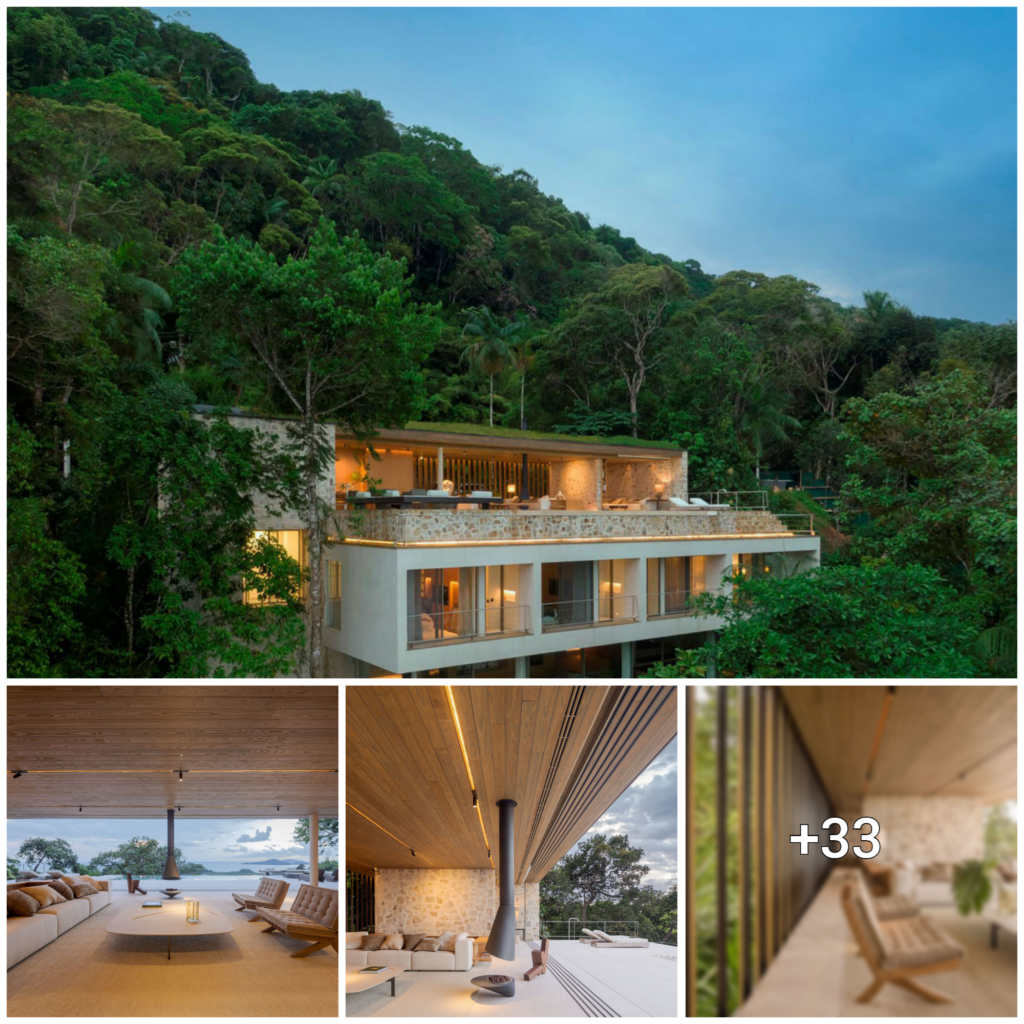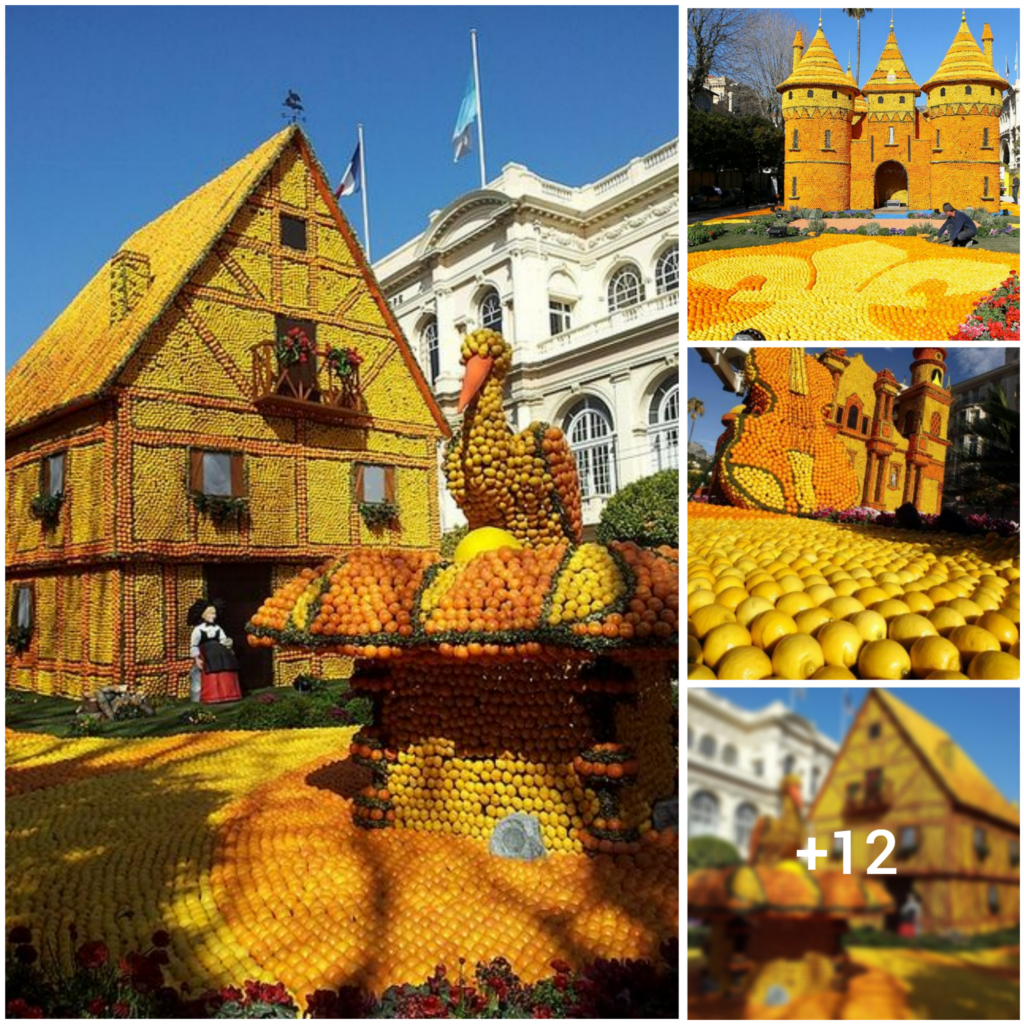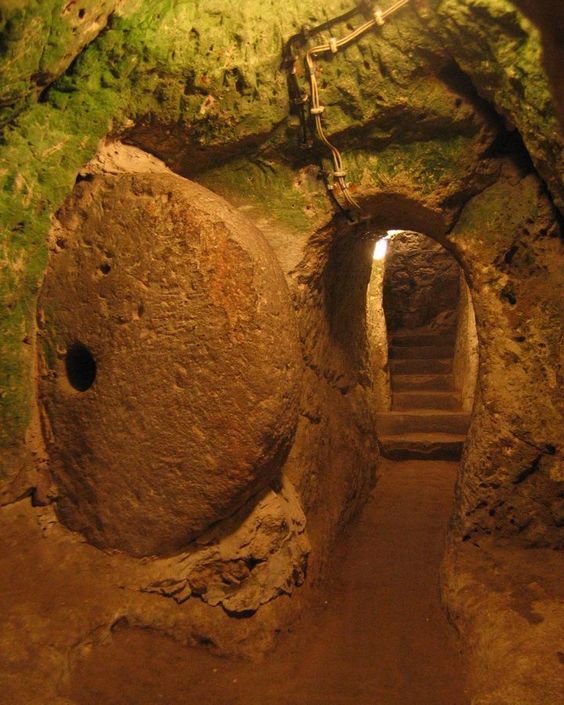
Over the course of history, many societies have turned to underground spaces as a refuge for a variety of reasons. Centuries ago, tunnels and passageways below ground level offered an escape route during times of conflict, allowing people to remain unseen and find safety amidst chaos. These covert pathways, hidden beneath bustling cities or leading to secluded destinations, provided a means of evading adversaries and preserving lives.

During times when global tensions and threats were high, modern bunkers became a popular concept. The need for underground shelters and bunkers arose during World War II due to the devastating bombings and constant fear of aerial attacks. To ensure the safety of their citizens and preserve resources, governments and individuals constructed fortified underground complexes as essential protective measures against the ravages of war.
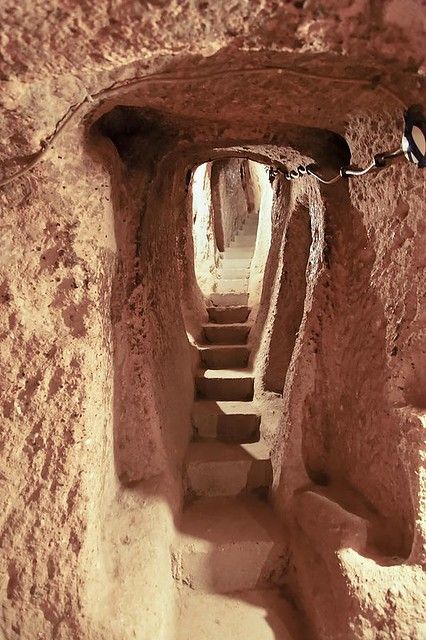
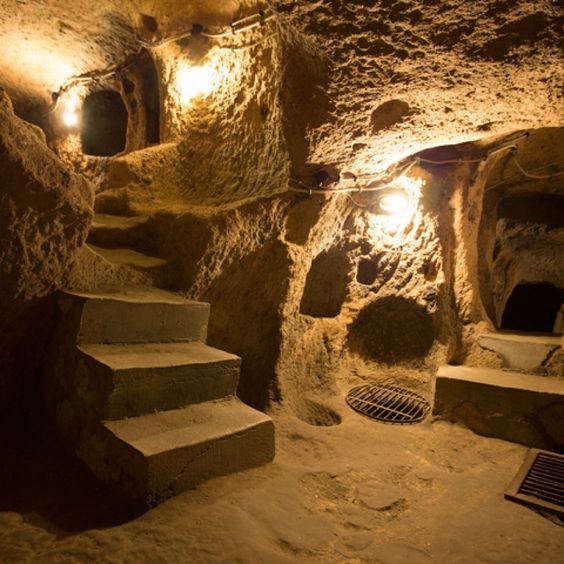
The charm of underground bunkers extends beyond their functionality. They spark curiosity and interest, tempting us to uncover the concealed depths beneath us. These subterranean facilities typically showcase intricate designs, creative engineering, and resourceful systems crafted to maintain life underground. From air conditioning to electricity production, these constructions embody our willpower to establish secure sanctuaries even in the most extreme circumstances.

